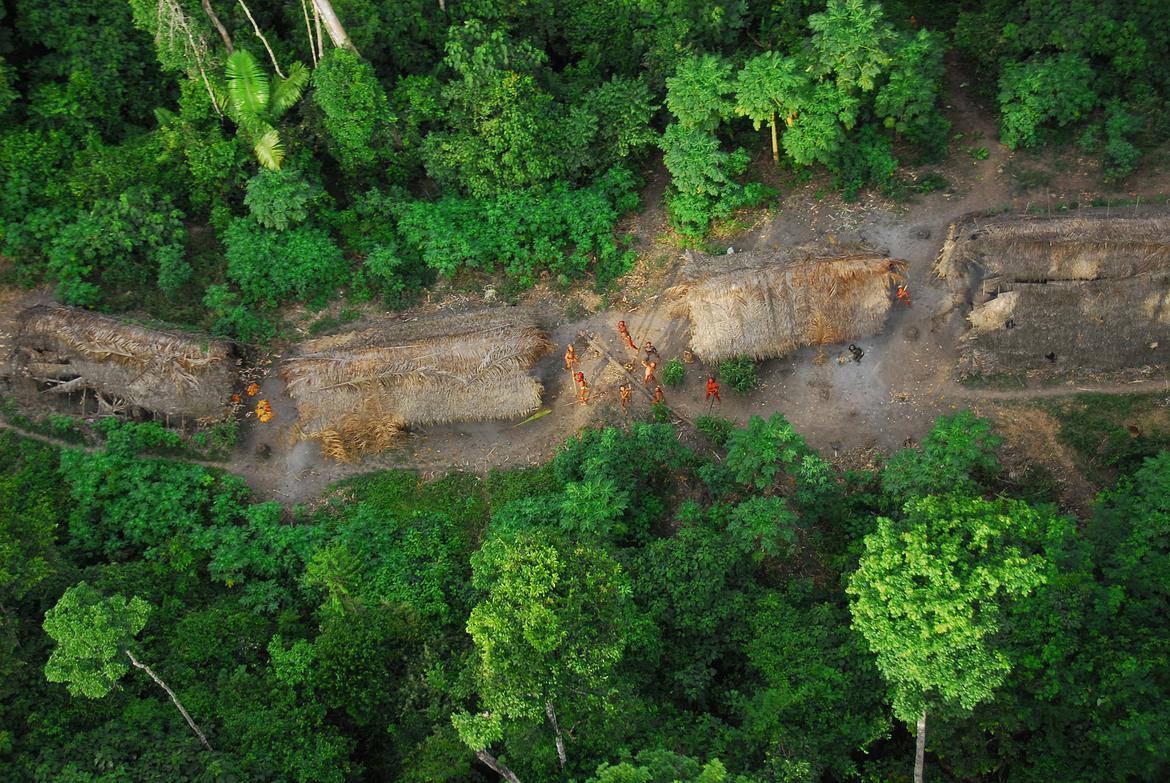Swine flu
h2. The health gap
Tribal peoples are at greater risk from swine flu because many are living in poverty, even in affluent countries, with severe underlying health problems. Chronic diseases such as diabetes, heart disease and alcoholism, are often higher in tribal communities, putting them at greater risk of complications from swine flu.
In Australia, Aborigines, who have a life expectancy 15-20 years less than non-Aborigines, account for almost one in ten deaths from swine flu.
In Canada, First Nations communities in Manitoba have seen infection rates of 130 per 100,000, compared with 24 per 100,000 among the general population.
See Survival’s report, "Progress Can Kill":/progresscankill, which explains the reasons behind the health gap.
h2. Isolated tribes
Isolated tribes, those with little or no regular contact with non-Indigenous populations, lack immunity to outside diseases. Even the common cold can prove fatal to isolated peoples who have never been exposed to the virus before.
Swine flu has already "struck members of the Matsigenka tribe":/news/4860 in the Peruvian Amazon, leading to fears of a devastating contagion amongst isolated tribes with no immunity to outside diseases.
In times of a global pandemic, it is even more important for the land rights of isolated peoples to be recognized and protected. Any encroachment on their land could introduce swine flu to the tribes with disastrous consequences.
h2. Action
Survival is urging governments and healthcare agencies across the world to make special provisions for tribal peoples during the swine flu pandemic.h2. From Survival's website
 "*Progress Can Kill - Survival's campaign on tribal people's health*":/progresscankill
"*Progress Can Kill - Survival's campaign on tribal people's health*":/progresscankill
 "*Amazon Indians struck by swine flu*":/news/4860
"*Amazon Indians struck by swine flu*":/news/4860
 "*Tourism threat to recently-contacted tribe*":/news/4748
h2. From the web
"*Tourism threat to recently-contacted tribe*":/news/4748
h2. From the web
 "*WHO situation update*":https://www.who.int/csr/don/2009_08_04/en/index.html
"*WHO situation update*":https://www.who.int/csr/don/2009_08_04/en/index.html
 "*The Lancet Indigenous health report*":https://www.thelancet.com/journals/lancet/article/PIIS0140-6736%2809%2960914-4/fulltext#article_upsell
"*The Lancet Indigenous health report*":https://www.thelancet.com/journals/lancet/article/PIIS0140-6736%2809%2960914-4/fulltext#article_upsell
 "*Flu risk for Indigenous peoples*":https://news.bbc.co.uk/1/hi/health/8132069.stm
"*Flu risk for Indigenous peoples*":https://news.bbc.co.uk/1/hi/health/8132069.stm
‘
I believe that this pandemic will reveal what it means, in life-and-death terms, when health needs and health systems have been neglected, for decades, in large parts of the world.Margaret Chan, WHO Director-General
’
Sign up to the mailing list
Our amazing network of supporters and activists have played a pivotal role in everything we’ve achieved over the past 50 years. Sign up now for updates and actions.
